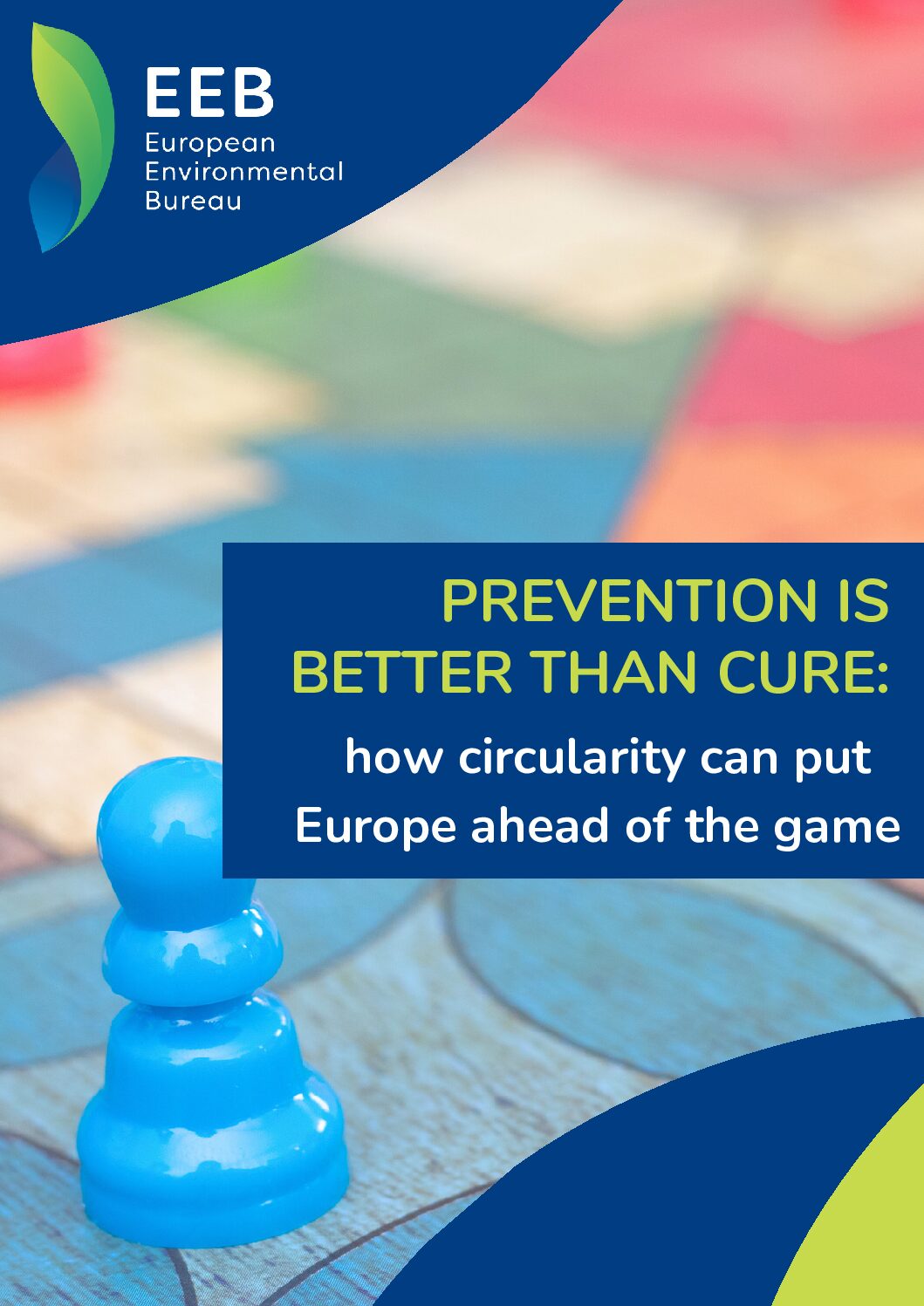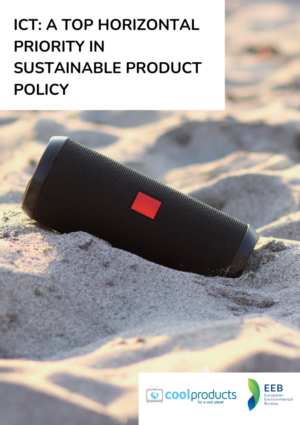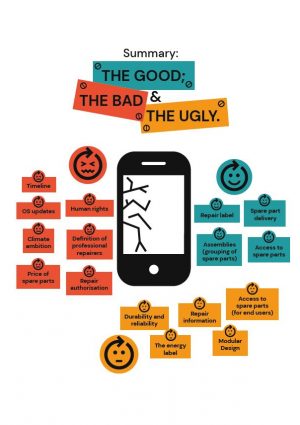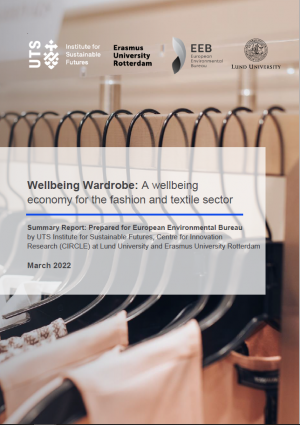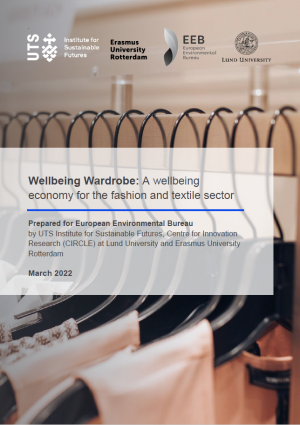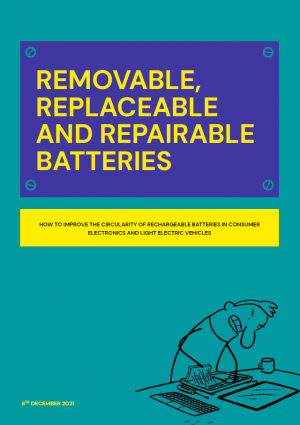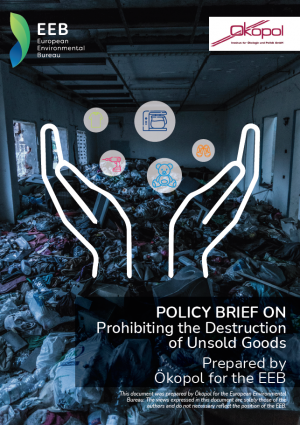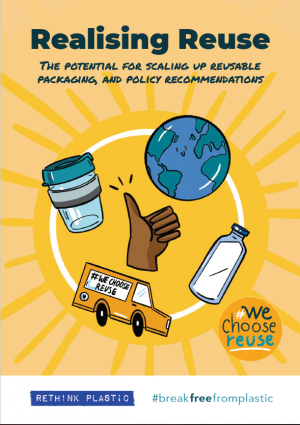
Stand up for people’s Right to Repair
Man repairing broken smartphone, close up photo.
The time is right to change the way we produce, use and dispose of our everyday products, designing stuff that can be repaired and lasts longer. We demand the end of the make-take-use-throw economy.
Every day we buy products that are designed to break. It has become increasingly difficult and expensive to repair our electronic gadgets and replace key parts like a cracked screen or a weak battery.
While it is hard to assess whether companies are purposely shortening the lifespans of electronics, the proportion of defective devices being replaced by consumers grew from 3.5% in 2004 to 8.3% in 2012.
We’re depleting the world of finite resources and increasing the threat of climate change by buying things that are intended to become waste. Once thrown out, these devices are rarely recycled and often end up incinerated, in landfill or exported outside the EU with a similar fate.
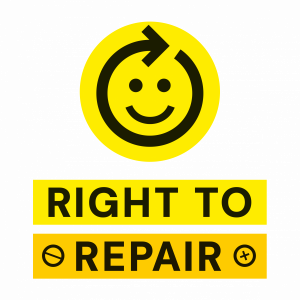
The good news is that we have an opportunity to rethink the way our products are designed and to reclaim our right to repair. As a founding member of the European Right to Repair campaign, the EEB demands easy access to repair information, spare parts and repair tools. We want better product design that makes repair possible for a reasonable price.
The EU can be a leader on this front, having already pioneered some ground-breaking laws forcing manufacturers to make certain products more easily repairable and durable. These existing Ecodesign rules are set to be expanded, to include more product groups which will be subject to more stringent measures. On top of these targeted acts, consumer legislation is proving to be a promising tool in the repair toolbox, with initiatives to empower consumers and promote repair and reuse also in the pipeline. Political support for the Right to Repair was explicitly laid out in the Circular Economy Action Plan and in the EU Green Deal.
Repair is a win for the planet, for local businesses and for our wallets.
Facts and figures
- The proportion of defective devices being replaced by consumers grew from 3.5% in 2004 to 8.3% in 2012.
- This may be costing German consumers €110 a month per person.
- Extending the lifespans of all smartphones, laptops, washing machines and vacuum cleaners on the EU market by five years would save almost 10 million tonnes of emissions (CO2 equivalent) a year. This is equivalent to taking 5 million cars off the roads every year.
- Electronic waste is the fastest growing waste stream in the world.
- Only 35% of electronic waste in the EU is collected and treated properly
- 80% of a device’s environmental impacts are determined at the manufacturing phase, before it is even used. This is why we need to be able to use these devices for as long as possible.
- If we were to oblige manufacturers to make spare parts and repair information available to professional repairers for a longer period of time, the number of local, quality jobs in all EU Member States would increase.
- 77% of EU citizens would rather repair their goods than buy new ones.






